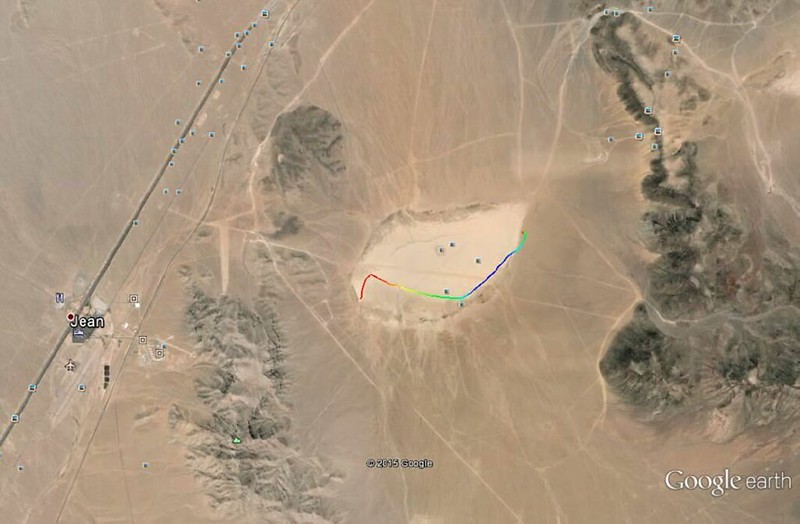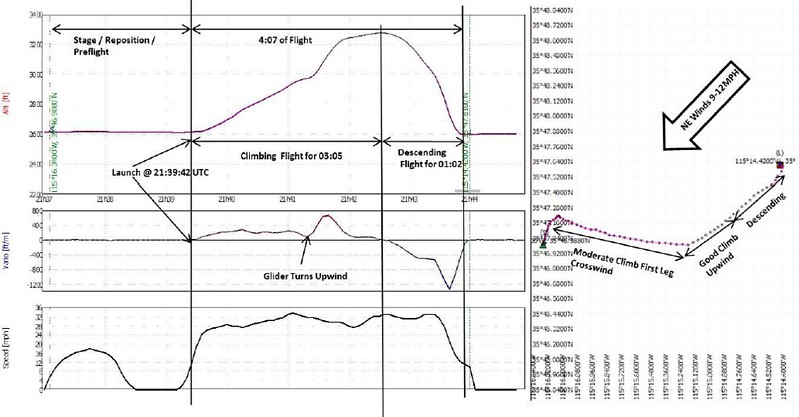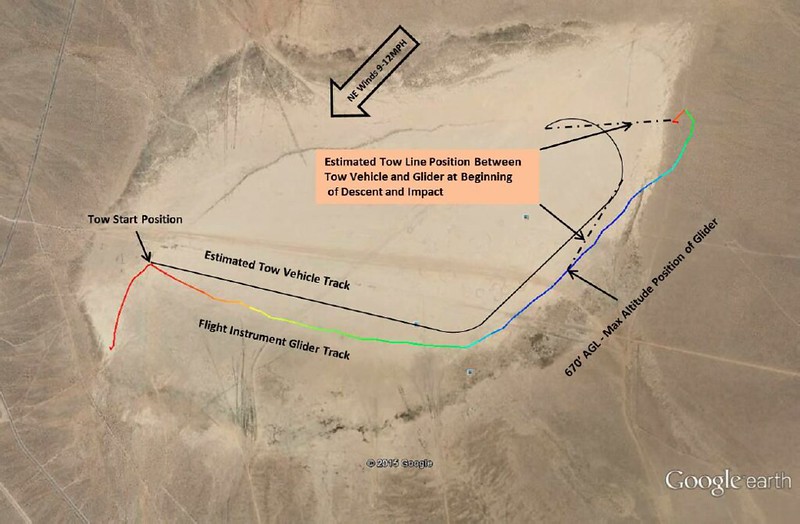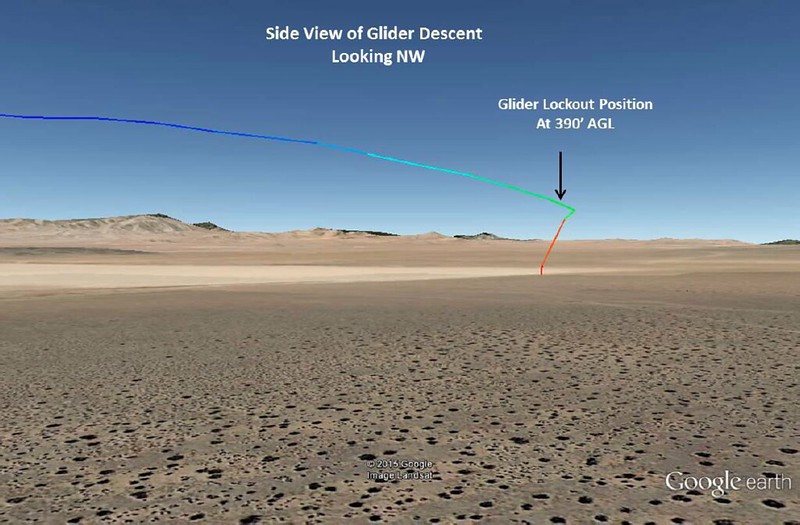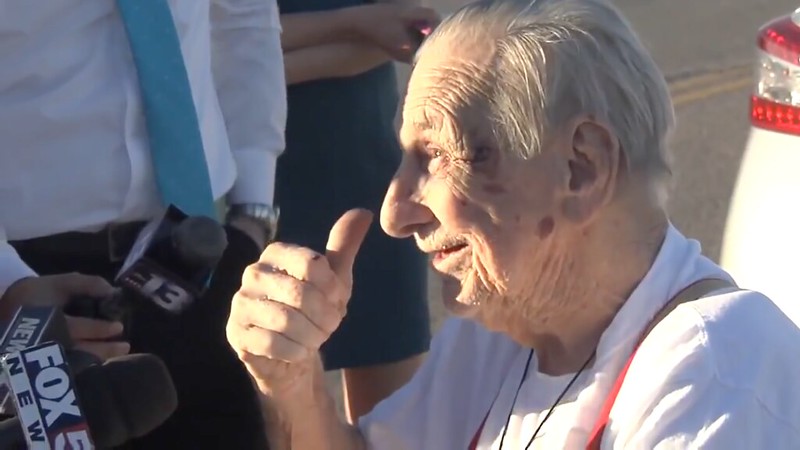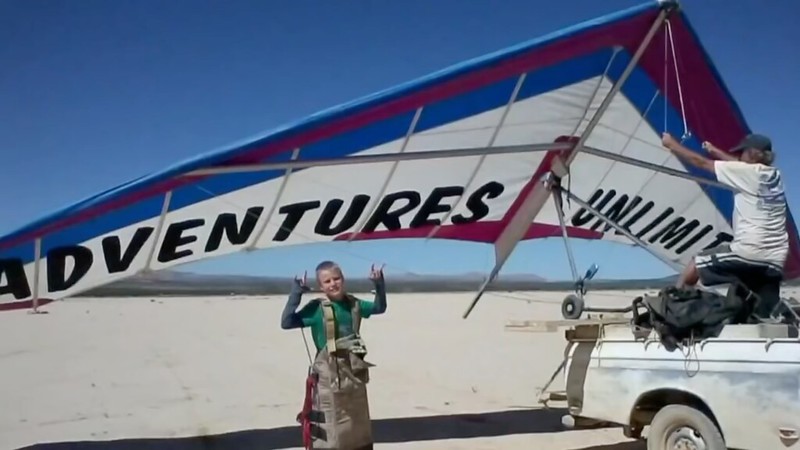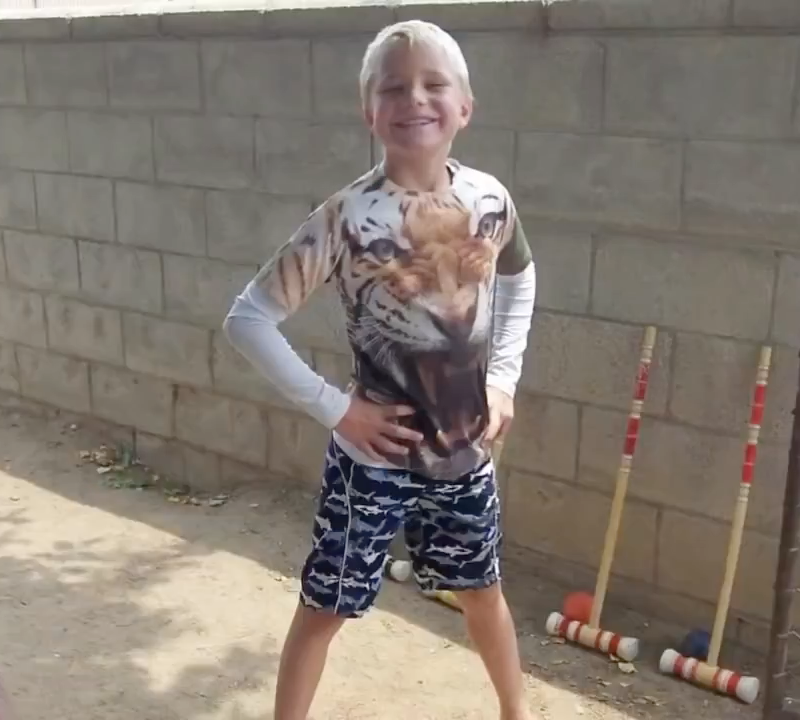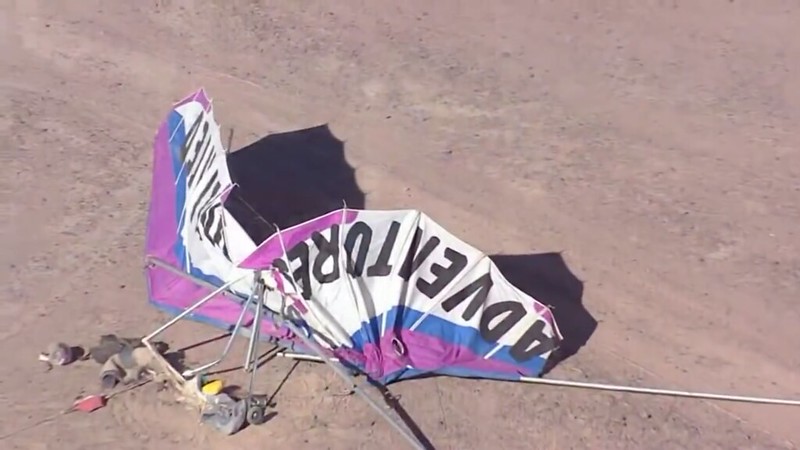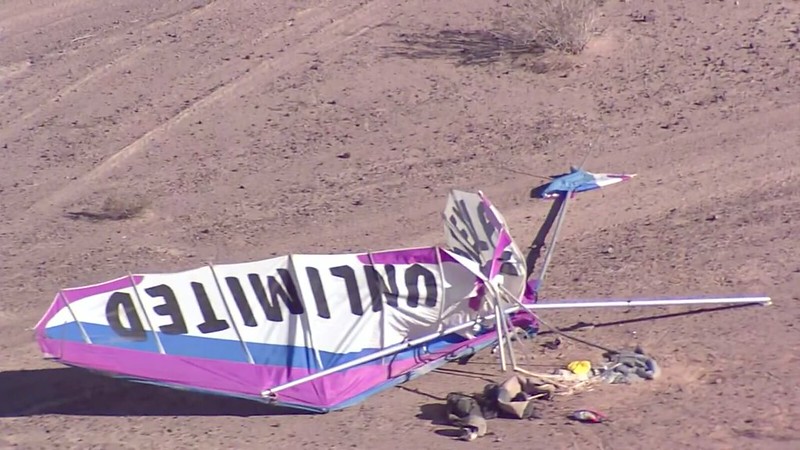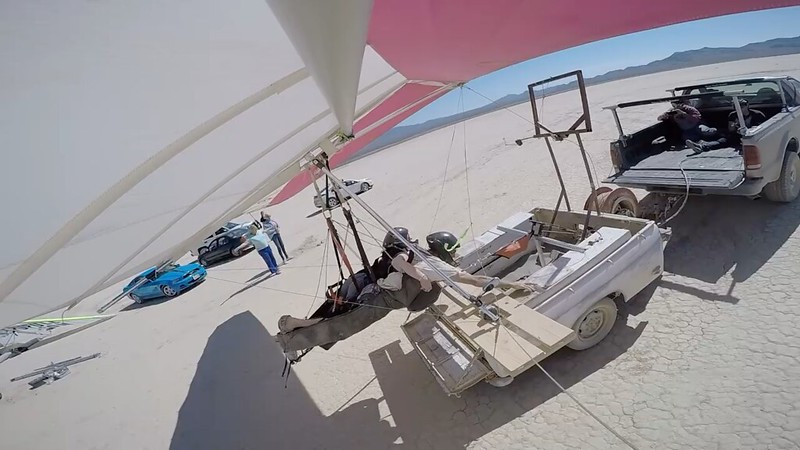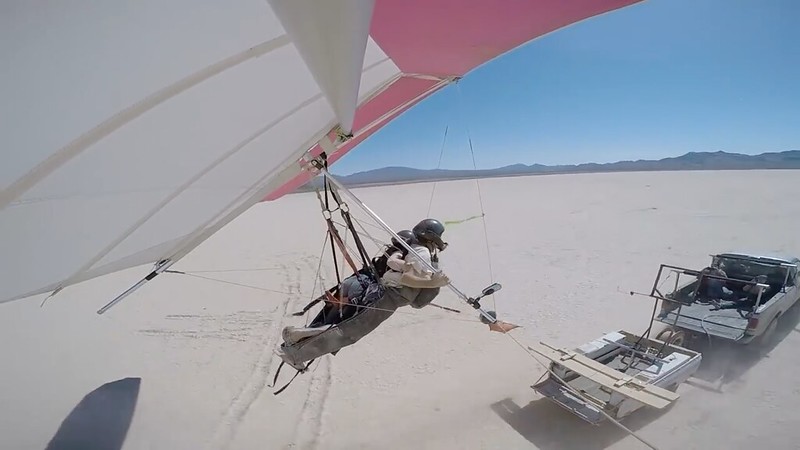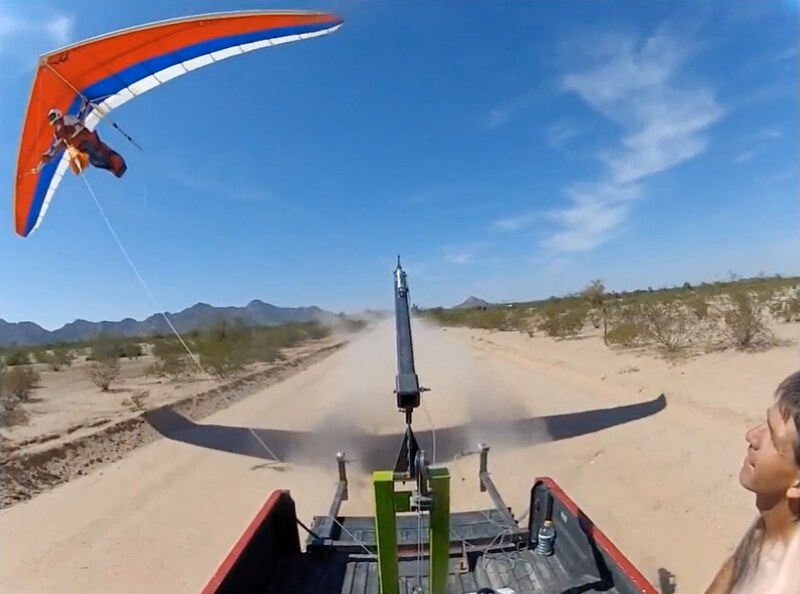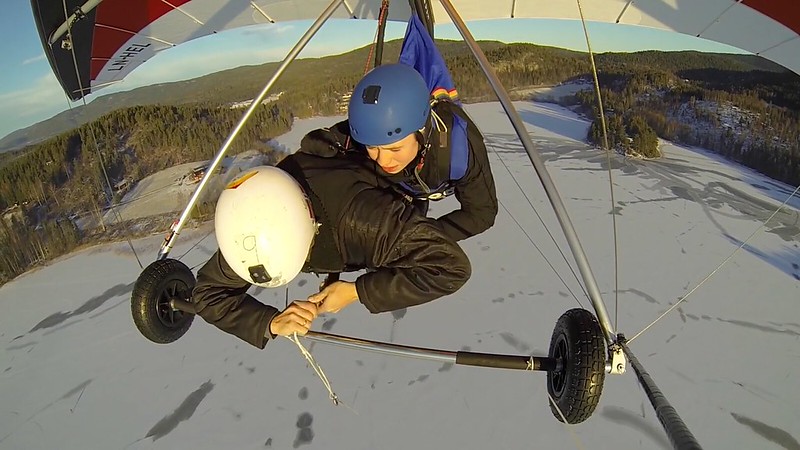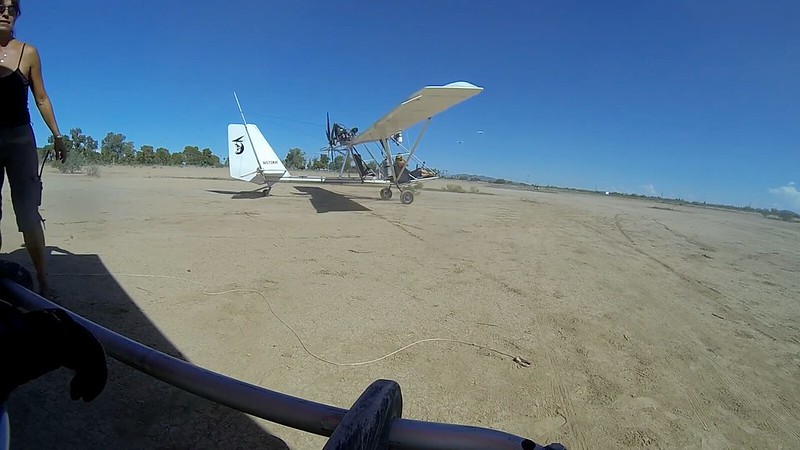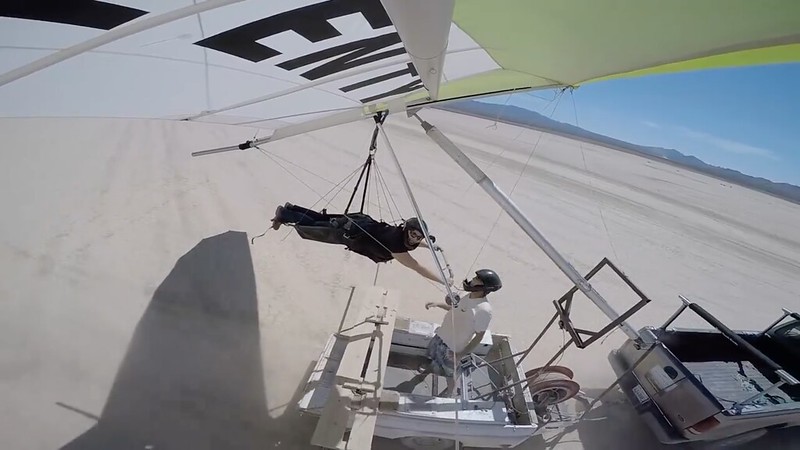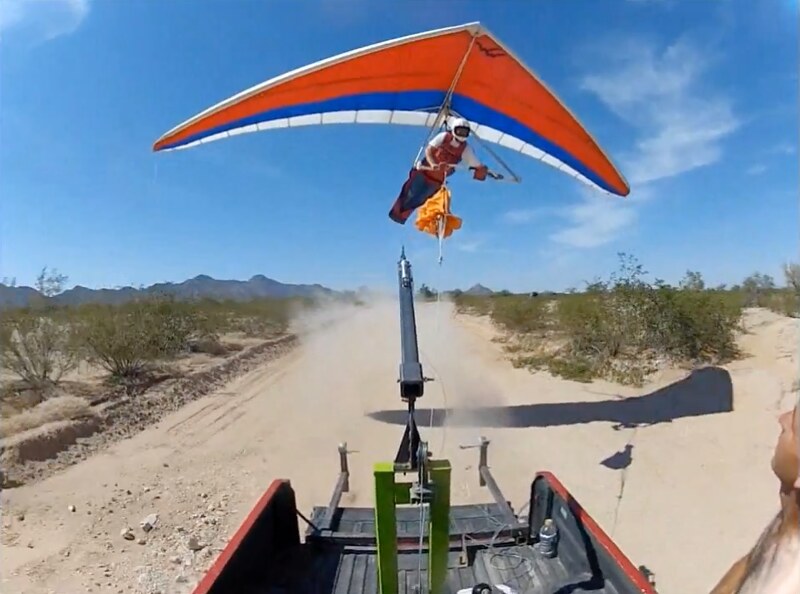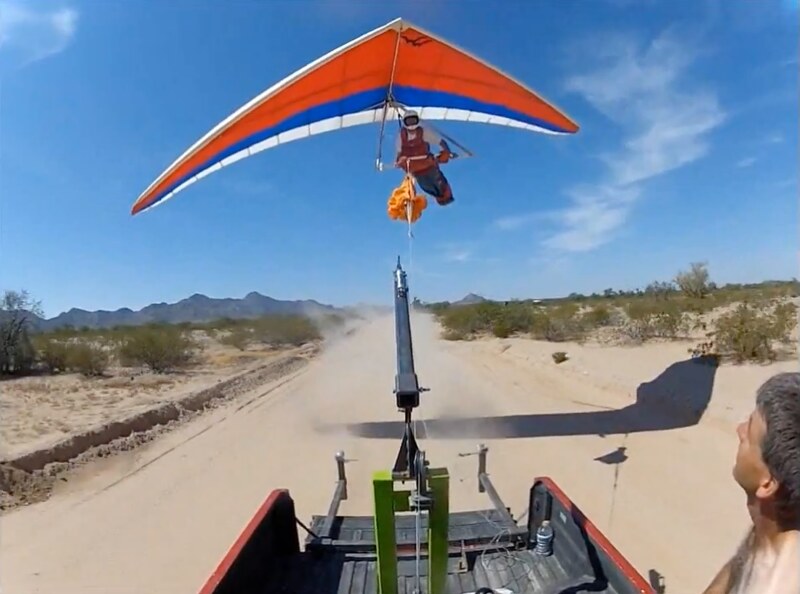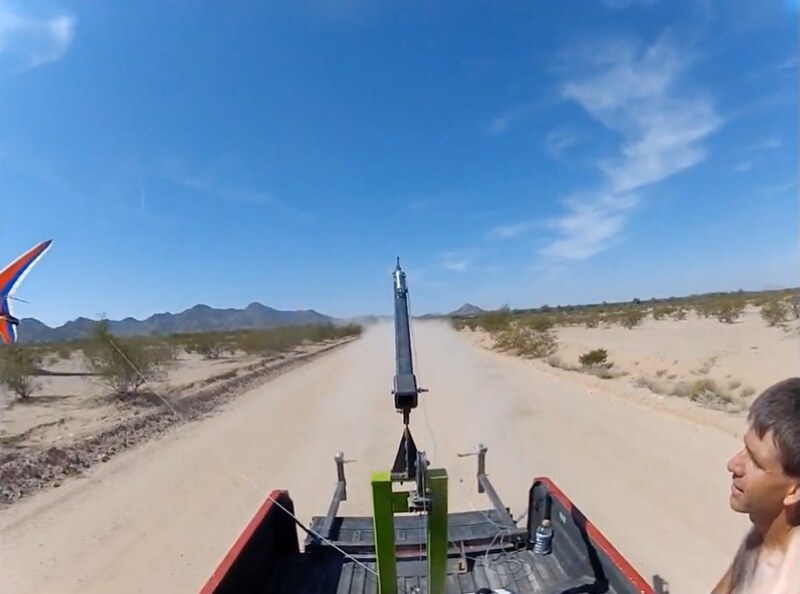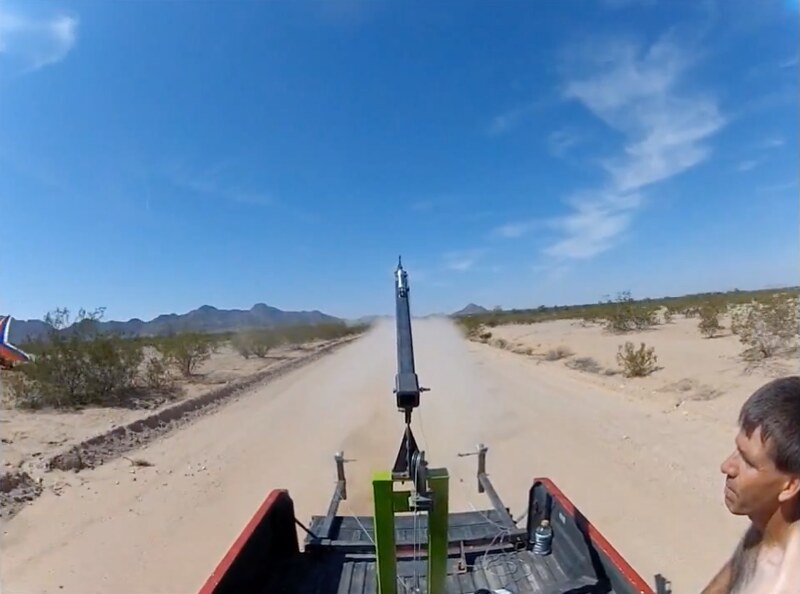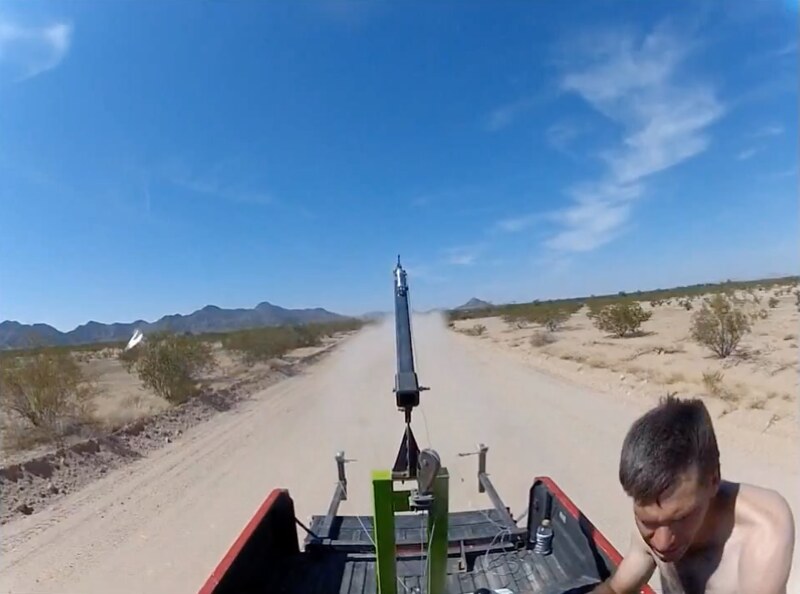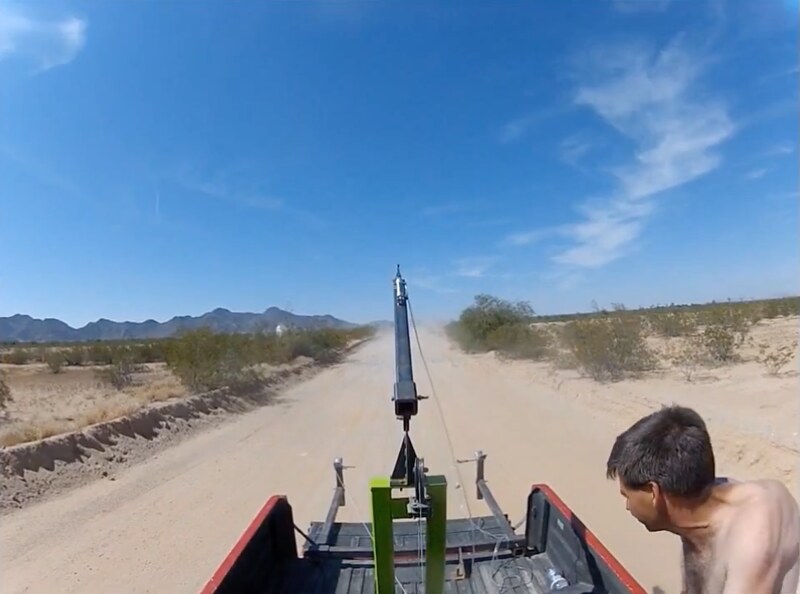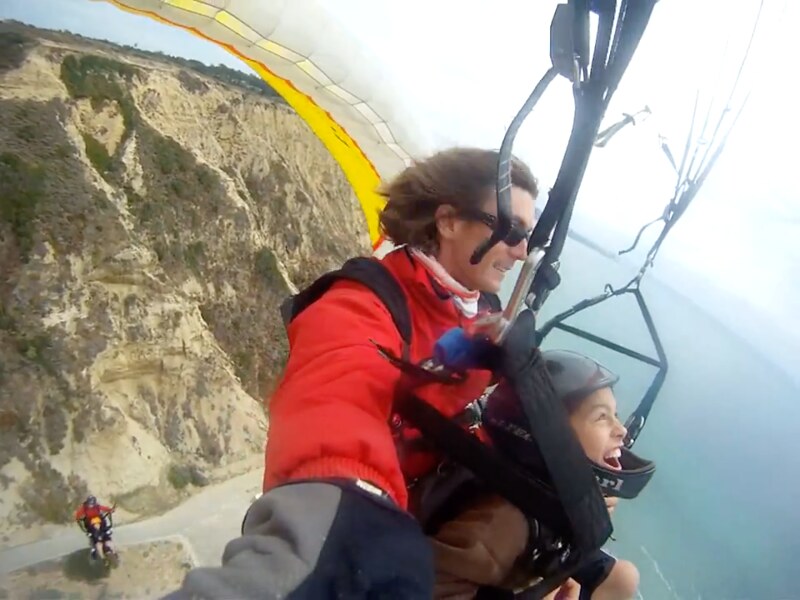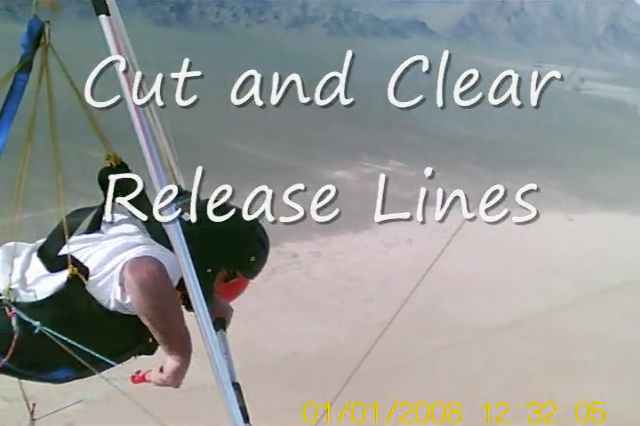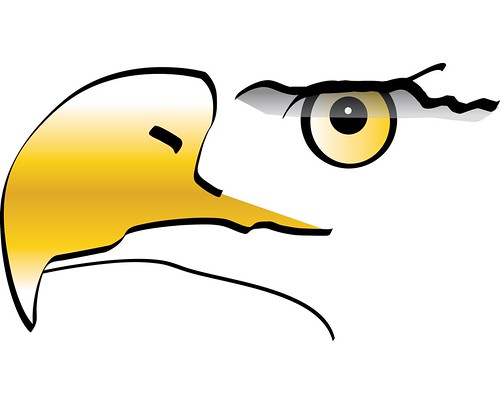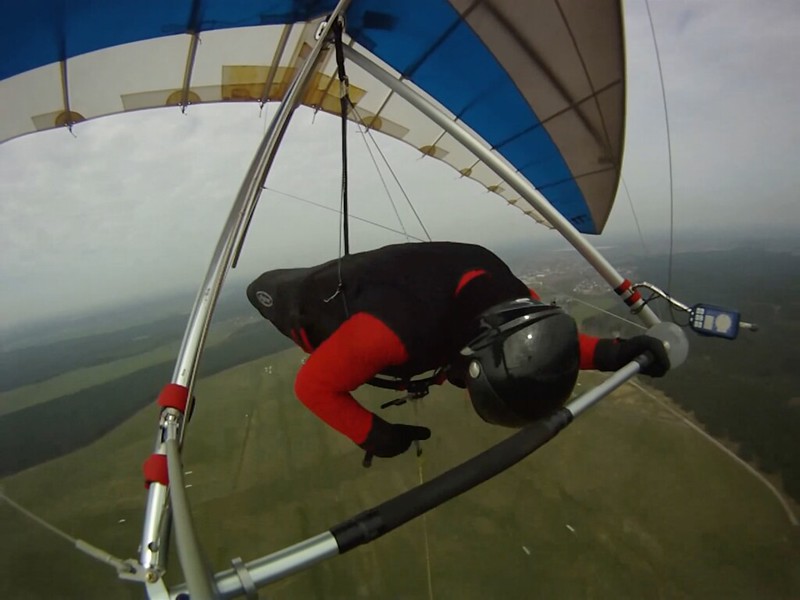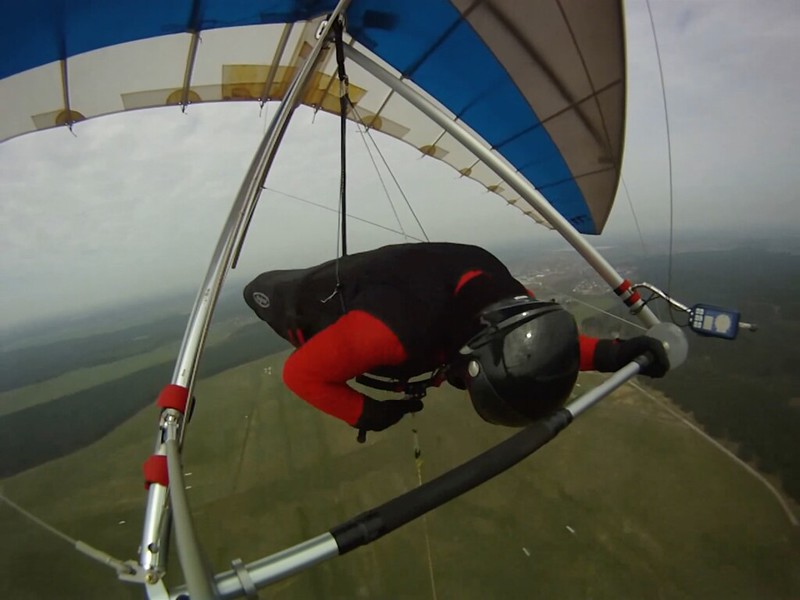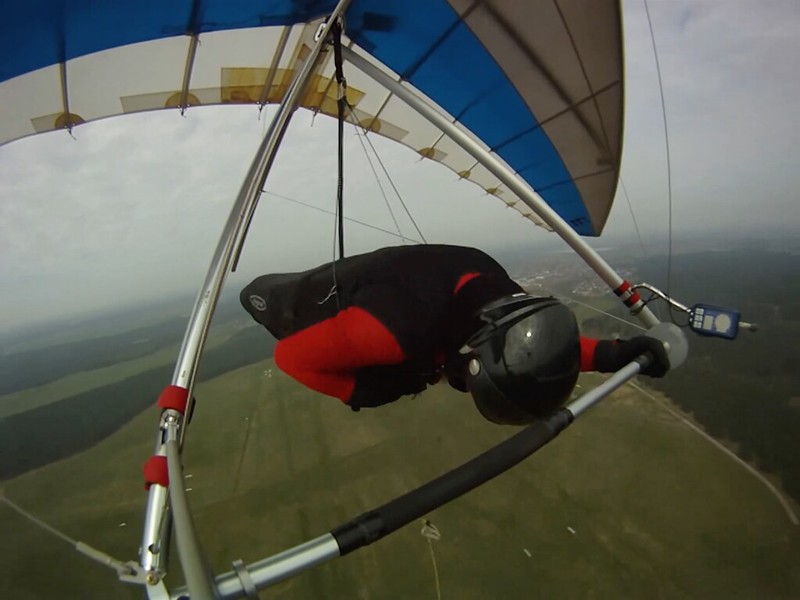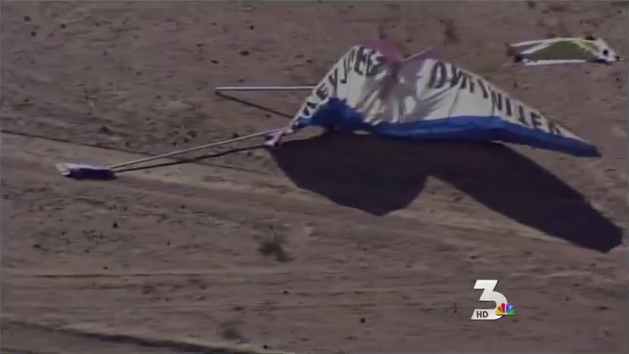USHPA - Members Only File Download
The PDF file you are about to download is intended for members only. You may download it for personal use, but you may not upload or re-post the file on another website. By clicking on the button below you agree to these restrictions.
File Name:
Jean_Dry_Lakebed_Accident_Report_and_Analysis.pdf
---Jean Dry Lakebed Accident Report and Analysis
2015/05/11
Dear Tandem / Tow pilot,
In USHPA's ongoing effort to improve the safety of the sport, we are notifying all tandem and tow rated pilots of the facts of a recent hang gliding tandem/towing fatality. USHPA's purpose in providing this information to you is to assist you in better evaluating the risks that exist in the sport of hang gliding, particularly those risks that apply to tandem and towing flights, so that you can take measures to reduce those risks in your own flights.
Immediately upon learning of this accident, USHPA's Hang Gliding Chair of the Accident Reporting Committee assembled a special ad hoc committee to gather facts and assist local officials in their investigation of this accident. The committee members visited the scene, met with local law enforcement, reviewed the flight instrument track log, reviewed onboard- and ground-based videos, reviewed witness testimony, reviewed accident scene photos taken by local law enforcement at the scene, and inspected all the equipment involved. From this investigation, the committee was able to determine the following facts.
At 2:43PM on Friday March 27, 2015, Master rated hang glider pilot, Advanced Instructor and Tandem Instructor Kelly Harrison perished with his 11 year old student during a tandem hang gliding flight. The flight originated as a platform launch, using a payout winch while circuit towing around Jean Dry Lakebed near Las Vegas, NV. The counter clockwise circuit tow around the lake bed was a typical operation for pilots in the area. Winds were light on the ground (<5MPH), with recorded weather data indicating winds from the NE at 9-12 MPH during the hours around the tow operations. (See Figure 1: Location overview.)
They were flying a Wills Wing Falcon I 225. The glider had eight inch diameter pneumatic wheels mounted on a short axle extension off the base tube - outside the control frame.
The payout winch was a typical hydraulic pressure controlled payout winch system mounted on a trailer with a remotely positioned pressure gauge/control valve/pressure release lever that was in the cab of the tow vehicle. The truck driver served both as the driver and winch operator, with control over the tow pressure control mechanism from inside the cab of the tow vehicle. There was no secondary spotter.
A typical two loop / four strand weak link for tandem surface tow operations was properly installed and positioned between the tow bridle and the tow line. The tandem instructor assembled the two string release and then adjusted it twice just prior to launch, but did not test the release before the flight.
Several times during the flight, the tandem instructor was observed making radio communications to the tow vehicle operator through a hand held radio (mounted on his right shoulder strap) that had been radio checked just prior to the flight.
The flight lasted four minutes and seven seconds. During the initial approximate three minutes of the crosswind/upwind leg of the circuit tow, the pilot climbed to 670 feet AGL at between 250-600 fpm climb rates (see Figure 2: Annotated flight instrument data plot).
The tow vehicle then began turning for the downwind leg of the tow as the glider continued flying upwind. During this one minute part of the tow the glider descended to 390 feet AGL at between 0-530 fpm sink rate and the tandem instructor flew to the right of the tow vehicle track as slack developed on the tow line trailing to the left of the glider's flight path by as much as what appeared to be 120 degrees (see Figure 3: Glider and estimated tow vehicle tracks).
The flight ended with a nine second lockout and impact with the ground. The lockout developed after slack quickly came out of the tow line and the bridle came into contact with the glider's control frame. The glider was at 390 feet AGL with the towline appearing to angle approximately 50 degrees left of the glider's flight path. The tow bridal first contacted the outside edge of the wheel adjacent to the left corner bracket. The glider quickly transitioned into a fully developed lockout as the tow line force increased against the control frame (see Figure 4: Glider descent side view).
The tandem instructor initially made two unsuccessful attempts to push the bridle off the wheel.
The tandem instructor next attempted to release from the tow line by pulling on the lanyard connected to the release pin of a typical two string surface tow release system. The tandem instructor pulled twice with one hand without success.
During his initial release attempts the bridle slipped off and over the outboard side of the wheel to become wrapped around the short extension axle between the wheel and the left corner bracket. The pin of the release mechanism started in a position pressed against the rubber of the pneumatic wheel and after the bridle wrapped around the axle, ended up on the tow vehicle side of the glider's tow line.
On failing to release with his initial one handed attempts, the tandem instructor then grabbed the lanyard with two hands and pulled twice with both hands. But the release did not activate and they impacted the ground.
The first indication of the lockout to the tow vehicle operator was seeing the glider impact the ground.
Post-accident inspection of the release showed the release pin still in place. A temporary repair was in place on the bridle's release pin lanyard arrangement. The release pin was prevented from being retracted by that temporary repair which routed the release pin lanyard in a fashion requiring exceptional force to affect a release. Inspectors on the ground were able to activate the release following the accident only by the application of exceptional force.
Although the tandem instructor had a hook knife in a sheath on the right downtube next to the flight instrument, no effort was made to obtain the knife. It did not appear that the tandem instructor was in an attitude where it would have been possible for him to extract the knife from its sheath and get to a position to cut the tow line bridle once the lockout fully developed.
Although the tandem instructor had a parachute, no effort was made to throw the chute; it appeared that the instructor's focus during the lockout was exclusively on activating the release.
This accident demonstrates a "perfect storm" of multiple factors where the elimination of any one or two of them might have prevented the fatal result. Although tandem hang gliding fatalities are exceptionally rare, the rarity of such events should not give you any comfort. Instead, you should review your own tandem and towing operational practices to see where you can take steps to decrease the inherent risks.
You are encouraged to re-read the excellent article by Mike Meier, "Why Can't We Get a Handle On This Safety Thing?" (http://www.willswing.com/why-cant-we-get-a-handle-on-this-safety-thing/). Although published in 1998, the risk mitigation analyses and approaches in the article are timeless and still applicable. Additionally, the technical information in "Towing Aloft" by Dennis Pagen and Bill Bryden is an excellent and complete reference on towing equipment and procedures.
The USHPA Safety & Training, Towing and Tandem Committees are working together on an operations advisory bulletin regarding tandem and towing operations to assist you in reducing your risk. Recommendations for reduction of risk in tandem/towing operations will likely include:
- Recommendation that payout winch tow operations utilize knowledgeable and trained spotters capable of observing the entire flight and releasing tow tension by both dropping system drag and severing the tow line;
- Recommendation that before each flight, the Tandem Instructor perform a demonstration of the activation of the primary and secondary release systems immediately prior to every flight both as a teaching moment for the student pilot and test of the release system;
- Recommendation that wheels not be mounted outside the control frame;
- Reminder of the low cost and easy reduction of risk through an early termination of a tow as compared to the potential high cost and inherent risk of continuing a "non-perfect" tow;
- Reminder of your ability to reduce the inherent risk by being ready, proficient and able to get through all of the sequential emergency lockout procedures - "release, cut, throw parachute" - within the time/altitude available.
In response to this incident, your thoughts and ideas are actively solicited as we use the lessons learned to develop the operations advisory bulletin to help our other pilots and students avoid similar fates.
Rich Hass
President
Martin Palmaz
Executive Director
http://farm9.staticflickr.com/8882/17671508714_600d89ee01_o.png
Figure 1: Google Earth overview of Jean Dry Lakebed location and glider track. Glider track color scaled for altitude - red surface levels and blue maximum altitudes.
http://farm9.staticflickr.com/8785/18106384320_4c2c58d560_o.png
Figure 2: Annotated flight instrument data plot of Time vs Altitude, Vertical Speed and Ground Speed along with GPS ground track of flight.
http://farm9.staticflickr.com/8857/18290284792_24ac8847ee_o.png
Figure 3: Annotated Google Earth plot of glider track and estimated tow vehicle track.
http://farm9.staticflickr.com/8819/18267685796_64156e9c91_o.png
Figure 4: Google Earth side view of glider descent path looking NW.
Overnight or Priority Mail:
1685 W Uintah
Colorado Springs, CO 80904
Tel:
719-632-8300 / 800-616-6888
Email:
info@ushpa.aero
US Mail
PO Box 1330 Colorado Springs, CO 80901
Edit - 2015/12/25 00:00:00 UTC
Prior to the creation of this thread this crash was discussed on the "Releases" topic starting fast and furious on Page 74:
http://www.kitestrings.org/viewtopic.php?f=2&t=7&start=730
and tapering off ten pages later:
http://www.kitestrings.org/viewtopic.php?f=2&t=7&start=830
